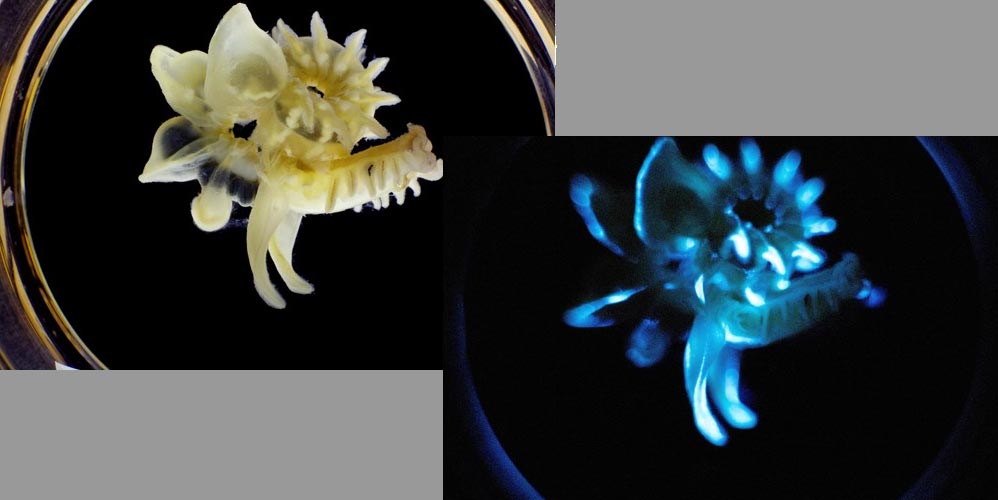


The worm was designated as Polycirrus sp. Here, for the first time, we video-recorded the violet-light-emitting behavior of an undescribed Japanese worm in its natural habitat. However, there is no video-recorded observation of the luminous behavior of such unique species in nature, and the genetic information related to their ecology are lacking. Some Terebellidae worms whose tentacles emit light are found around the world, including exceptional violet-light-emitting Polycirrus spp. This work is written by US Government employees and is in the public domain in the US.Terebellidae worms have large numbers of tentacles responsible for various biological functions.

Published by Oxford University Press on behalf of the Society for Integrative and Comparative Biology 2017. In this review, we explore the world of luminous annelids, particularly focusing on the current knowledge regarding their taxonomic and ecological diversity and discussing the putative functions and chemistries of their bioluminescent systems. This diversity of bioluminescence colors and patterns suggests that light production in annelids might be involved in a variety of different functions, including defensive mechanisms like sacrificial lures or aposematic signals, and intraspecific communication systems. This great taxonomic and ecological diversity is matched by the wide array of bioluminescent colors-including yellow light, which is very rare among marine taxa-different emission wavelengths even between species of the same genus, and varying patterns, chemical reactions and kinetics. The ecological diversity of luminous annelids is unparalleled, with species occupying a great variety of habitats including both terrestrial and marine ecosystems, from coastal waters to the deep-sea, in benthic and pelagic habitats from polar to tropical regions. Within the phylum Annelida, bioluminescence is widespread, present in at least 98 terrestrial and marine species that represent 45 genera distributed in thirteen lineages of clitellates and polychaetes. Luminous forms are found in a wide range of taxonomic groups from bacteria to vertebrates, although the great majority of bioluminescent organisms are marine taxa. Bioluminescence, the ability to produce light by living organisms, has evolved independently in numerous lineages across the tree of life.


 0 kommentar(er)
0 kommentar(er)
